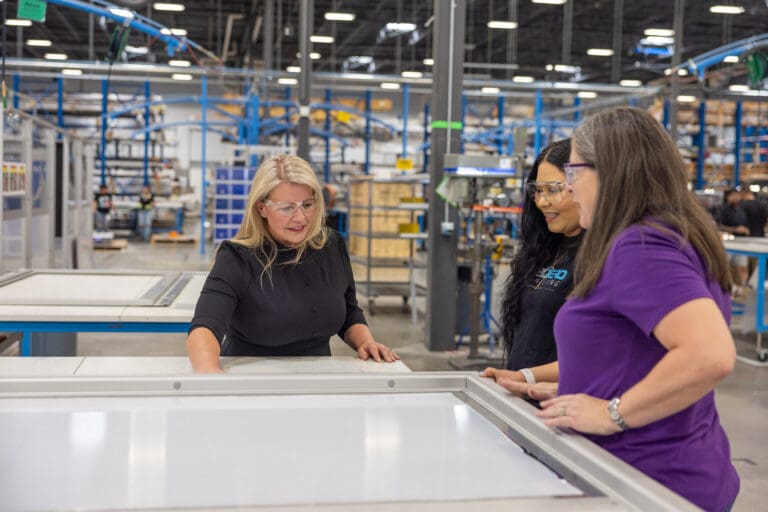THE CONCEPT OF DIVERSITY IN THE WORKPLACE HAS BECOME A HOT TOPIC IN MANY INDUSTRIES, ESPECIALLY THE TECH INDUSTRY.
But when we talk about diversity within organizations, it’s essential to fully understand it.

Dr Abedeh Gholidoust has a PhD in Environmental Engineering from the University of Alberta and an MSc and BSc in Chemical Engineering. She is an Assistant Professor at University Canada West where she currently teaching Business Analytics and Predictive Analytics courses in the Master of Business Administration degree program. Her major research areas include addressing diversity and inclusion in human resources, enforcement and the tech sector.
ONE OF THE RESEARCH PROJECTS THAT WE HAVE UNDERTAKEN AT UNIVERSITY CANADA WEST IS CONNECTING WITH VANCOUVER’S TECH INDUSTRY AND UNDERSTANDING HOW THIS GENDER GAP AND LACK OF DIVERSITY CAN BE BEST ADDRESSED, FROM EARLY SCREENING AND RECRUITMENT TO INTERNAL TRAINING AND WORKSHOPS.
Working alongside people of different genders, races, ethnicities and religious backgrounds can be beneficial. But first, we need to begin challenging the processes we design in recruiting and onboarding by asking some key questions:
1. What are the possibilities that our assumptions prevent us from asking the right question and hearing or understanding answers that are outside our experiences?
2. How might norms and cultures, those of my organization, and those of the institutions and society that surround us, limit the range of policy options we consider and propose?
In our research targeted more than 80 Vancouver-based tech companies with the aim of understanding the barriers to participation for under-represented groups (for example shift-work, remote-location and employer stereotypes).
One of the challenges that we have in analyzing our findings is to answer the question of whether we can develop measures to address any perceived or identified barriers? And once we develop them how can it be first enforced, and then monitored?
Enforcing such work policies can have a wide range of compliance in government versus non-government organizations. For example, while there are no state-wide requirements in Canada, government-owned enterprises in Quebec must have at least 50% women on their boards, a law that came into effect in 2011.
Organizations should consider integrating diversity and inclusion initiatives into their internal training and development programs to ensure that all employees are appropriately supported. Such training can be offered at both leadership and administrative levels to navigate the diversity gap. This study is still in the early stages, but we’ve seen that 75% of organizations surveyed have already established a policy for inclusion, which will be monitored through a set of KPIs as part of employees’ quarterly performance reviews. Also, as suggested by the research findings, 50% of companies address the gap in inclusion and diversity during the selection process in the HR department.
As an example, the City of Edmonton used to offer a nine-month competitive program to a limited number of employees called the ‘Aspiring Supervisor Program’ with the objective of identifying high-performance employees who have the aptitude to become future supervisors. During this program, key pillars of management, i.e., people, activities, resources, and information, were delivered with a focus on minimizing gender-based gaps and advocating for diversity and inclusion, emphasizing how diversity and inclusion drives innovation and growth.
In tandem with training, governments and NGOs can support diversity and inclusion through a range of services, such as creating inclusion advocacy policies and offering financial support.







